The impact of providing $750 per month in aiding homeless individuals in the Bay Area to transition off the streets

Over the course of the year, a hundred homeless people in the Bay Area and Los Angeles received $750 a month, no questions asked, to spend as they pleased.
How did they manage their money?
Newly released results from the “guaranteed income” program that handed out the payments found participants overwhelmingly used the cash to cover everyday necessities — food, housing and transportation. Crucially, the assistance helped some recipients get off the street once they could afford rent or the costs of moving into an apartment.
“It’s what we all need as people, just a little bit of support when times are tough,” said Kevin F. Adler, founder of Miracle Messages, the San Francisco nonprofit in charge of the program.
In recent years, local governments and private organizations across the Bay Area have funded at least 20 other guaranteed income pilot programs to determine whether unconditional payments can alleviate the region’s staggering wealth disparity.
In Santa Clara County, a program in 2020 gave $1,000 monthly payments to 72 young adults leaving foster care. That same year in Oakland, the city began providing $500 monthly to low-income 300 families and later expanded the program to 600 families. South San Francisco recently started sending $500 in monthly assistance to more than 150 low-income families. And Alameda and Mountain View have approved similar programs.
Last month, Gov. Gavin Newsom announced a new guaranteed income program in San Francisco that will give $1,200 a month to 150 young adults who are leaving the foster care system.
Advocates for such programs say providing low-income people money to use as they see fit — rather than specific vouchers such as food stamps — provides true financial independence, allowing them to afford their most pressing needs, avoid debt and find better jobs.
Homeless people in the latest Miracle Messages program said they spent 37% of their monthly payments on food, 20% on housing, 13% on transportation, 12% on clothing, 6% on health care and 14% on other expenses, according to an initial report from a University of Southern California study of that program. Most Bay Area participants live in San Francisco or Oakland and are receiving payments for 12 months.
After years in homeless shelters, Roger Collins, 56, used the Miracle Messages money to cover the security deposit and first month’s rent for low-income housing in San Francisco. Collins, who uses a wheelchair and also receives $1,100 a month in disability payments, paid down his phone bill and sent $100 to his mother in a nursing home in Washington.
“If it wasn’t for that, I wouldn’t be making it,” Collins said.
The financial stability allowed other Miracle Messages recipients to get out from under credit card debt, make needed car repairs and buy diabetic-friendly meals.
It also helped reduce the share of program participants living outdoors or in vehicles from 30% to 12% after six months of payments. Some were finally able to afford move-in costs for a studio apartment. Others started living with friends or family once they could help pay rent or buy groceries.
Ben Henwood, a USC professor and author of the Miracle Messages study, said there’s so far been relatively little research on guaranteed payments to homeless people. He hopes the results from the Miracle Messages program can convince policymakers that most homeless people won’t spend the money on drugs or alcohol and that direct assistance can help them move into housing or shelter. In the Bay Area, some 38,000 residents are homeless, the majority living outdoors or in vehicles.
“It does dispel certain myths, and it does show that even limited amounts of money can at least reduce unsheltered homelessness, which is the biggest challenge we have going on right now,” Henwood said.
Still, critics argue such programs erode people’s self-sufficiency and incentive to work. Others worry large-scale guaranteed income efforts could siphon resources from other safety net programs such as Medicare or Social Security.
But the surge in unemployment assistance, rental aid and other temporary emergency support during the pandemic shifted the consensus about guaranteed income, said Chad Bojorquez, chief program officer with Destination: Home, a South Bay nonprofit running a cash assistance program for 300 homeless families in the region. The program is separate from Miracle Messages.
“People’s perception really changed because they could see that this pandemic, that was nobody’s fault, put all these people in need of short-term financial assistance,” Bojorquez said. “Now, we’re seeing a lot more appetite for guaranteed income.”
By next summer, with the help of donors including Google and the Packard Foundation, there could be as many as 1,000 low-income households across Santa Clara County taking part in various guaranteed income programs, he said.
One of Miracle Messages’ goals with its program is to demonstrate an effective, alternative path to combating homelessness as the state puts unprecedented billions toward solving the crisis, Adler said.
“I’m hoping that this will lead to a shift in how we look at homelessness,” he said.

